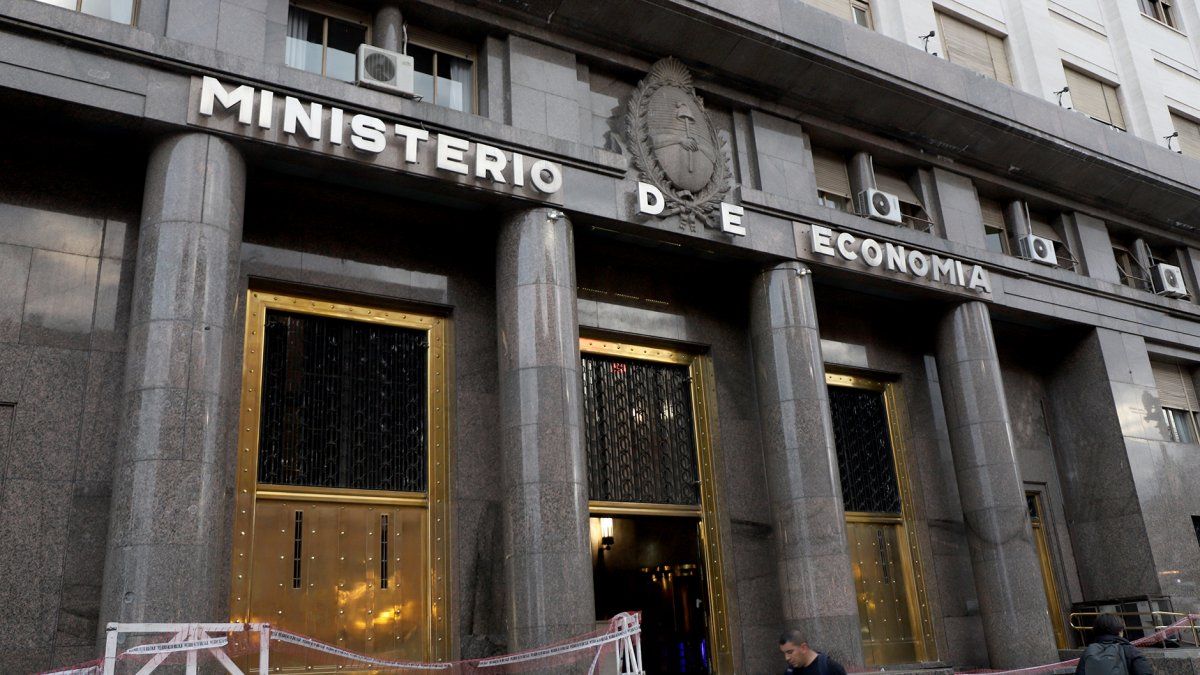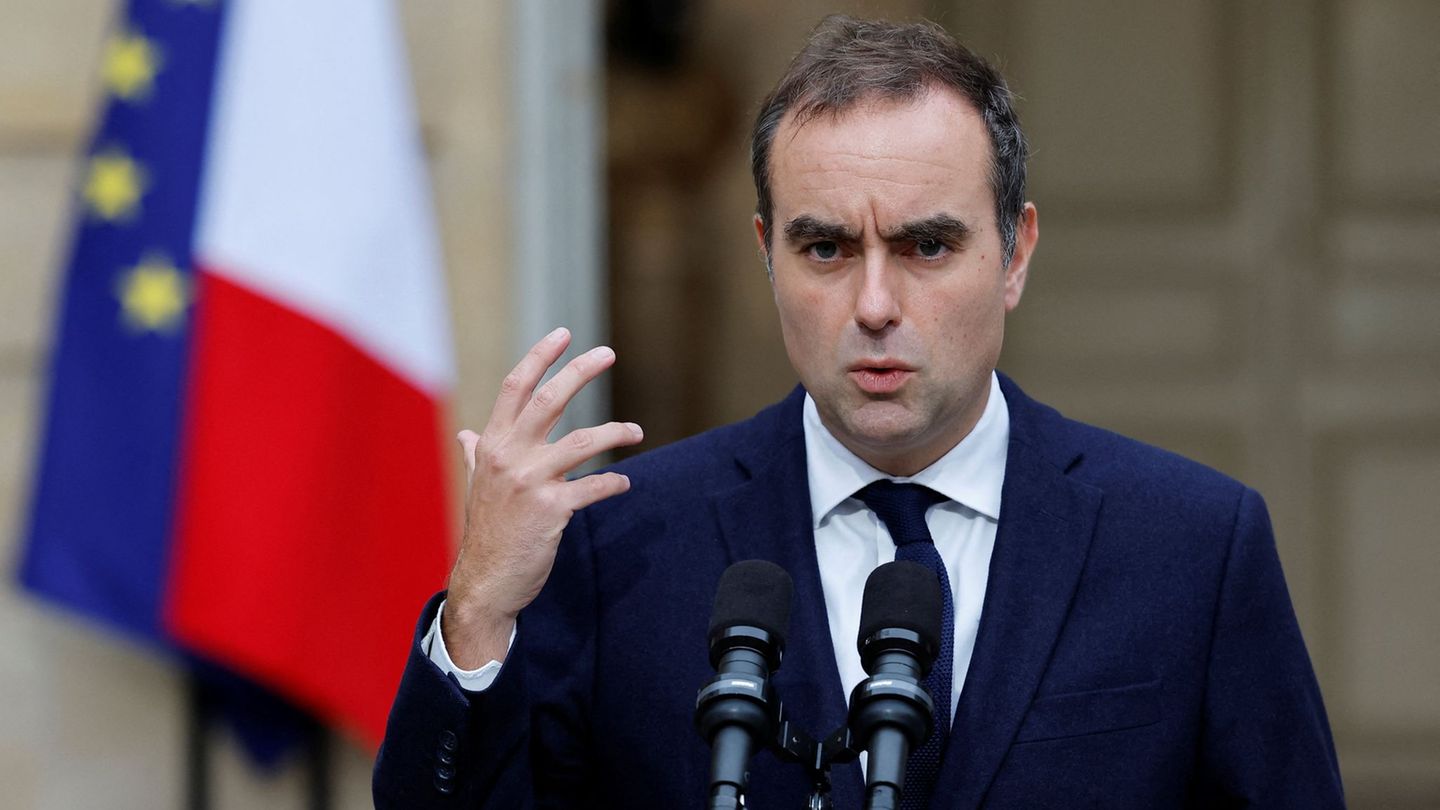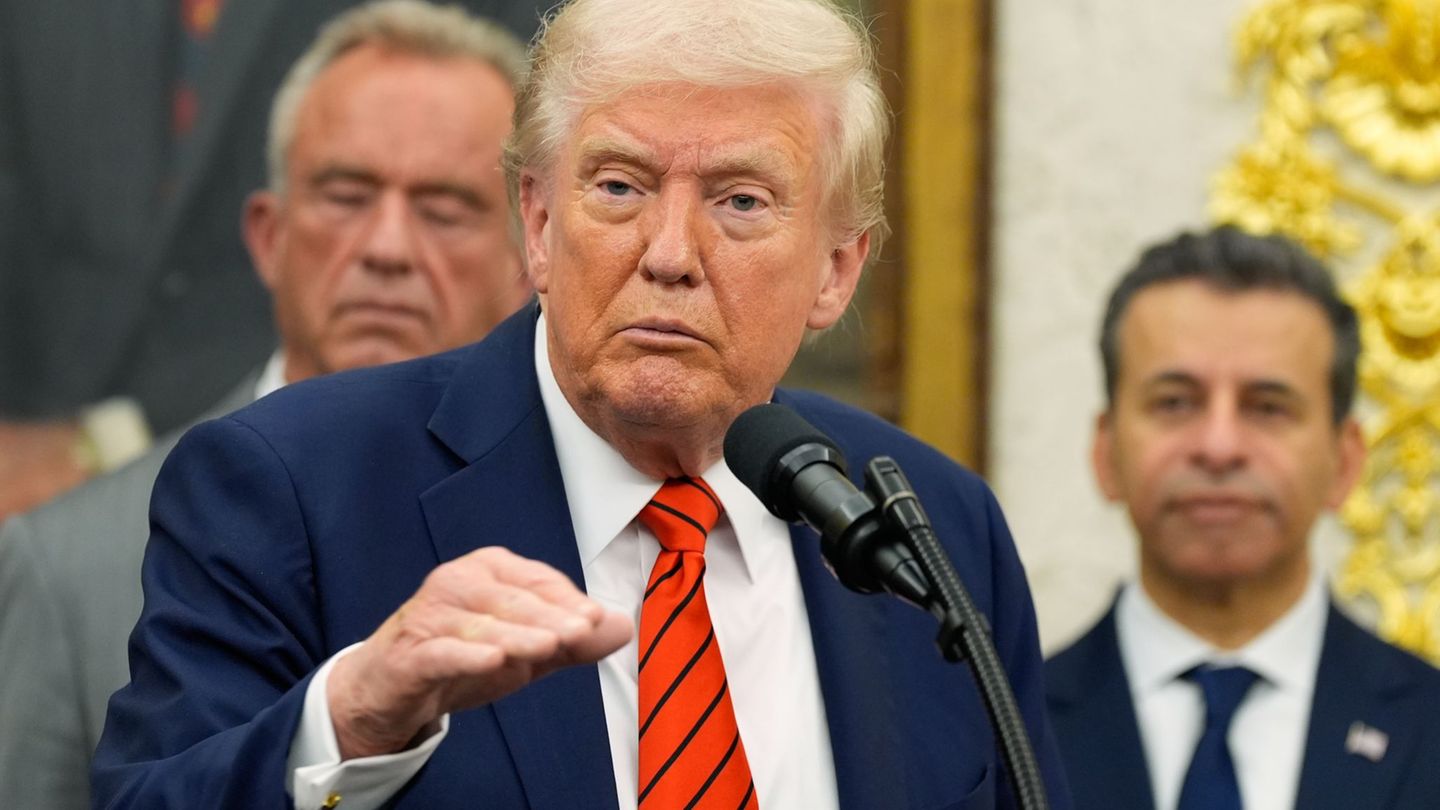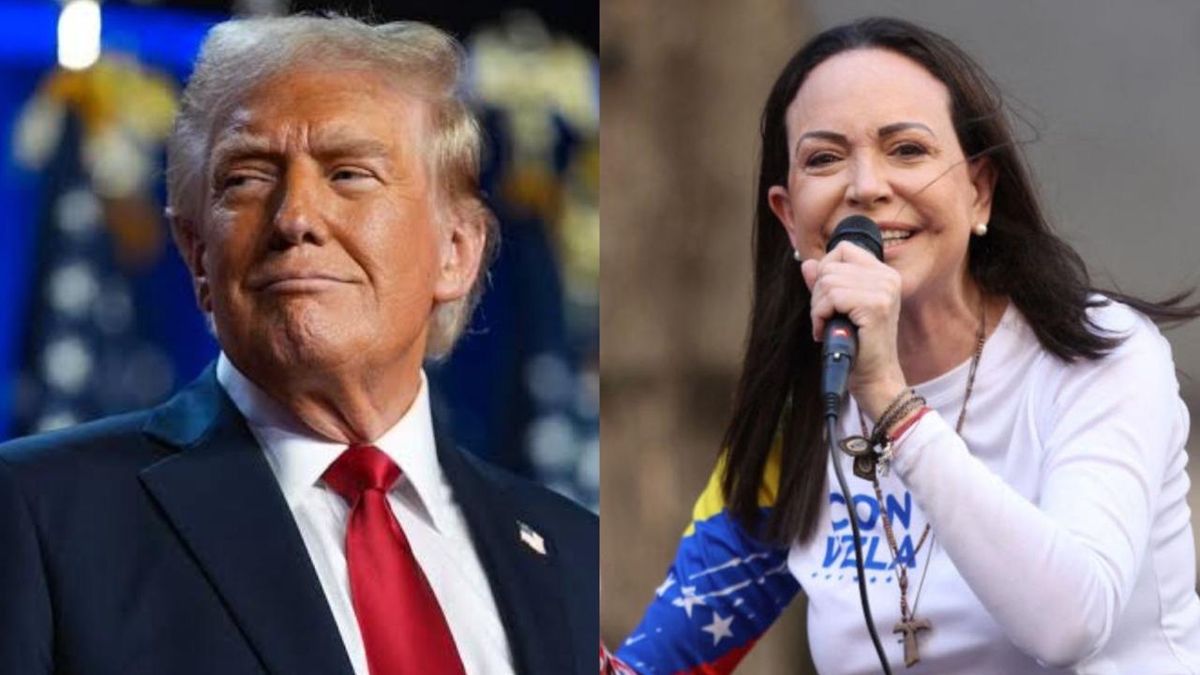The Treasury will have to face this Wednesday the second debt tender in pesos in April in the midst of a context of increasing exchange rate tension. The challenge is to renew maturities for $959,952 million, of which 90% is in the hands of private investors.
With that focus, the bonus menu offered this time has options for all tastes. There are alternatives adjustable by CER, by “A3500 dollar” (wholesale), at fixed and dual rates, which respond to two market reasons. On the one hand, the possibility of an exchange jump in the short term is perceived, and on the other, it is assumed that the new inflation floor will be 7% per month. Renewing debt in pesos in this context is a real challenge despite the regulatory restrictions for the dollarization of portfolios.
In that framework, the Ministry of Finance once again puts a dual bond on the table to April 2024, what’s new. In the previous call, the options expiring during the next term barely covered 5% of the total awarded.
Within the Market Makers program two LECER will be made available again (adjusted for inflation) as of July 18 and September 18; and one LEDE as of July 31. The latter paid in the first call an effective rate of 132% per year. These bills will have a second round on Thursday for the entities that participate in the program.
In addition, they will reopen a title linked to the dollar on September 18; one letter dollar linked as of October 31 and a CER-adjustable bond as of August 13. In addition, the one-year dual bond is offered.
balance stated in a report that there are “very short-term opportunities”. “LEDES are attractive, but beyond July, LECERs are better at compensating for risk. For positions that want to be hedged against official devaluation, we favor dollar link bonds more than dual bonds, since the dual option is not profitable,” the consultant recommended.
Regarding the rates, in the first call of the month the Treasury had to be generous since it offered in the two bills adjustable by CER and in the BONCER: 3.25%, 4.55% and 3.55%, in the form respective.
The consulting firm Invecq, for its part, pointed out that in the first call the Treasury raised gross financing for $227,000 million with a rollover of 121% compared to the maturities it faced. In the second call for market makers, he expanded the net to 137%.
“As a point in favor, The Treasury managed to get around specific maturities despite an exchange rate escalation as had not happened since mid-2020 and financial tensions”, indicates the consultancy.
But he considers that the negative signals correspond to the way in which the Treasury was able to obtain the pesos. 84% was indexed financing, especially tied to inflation. In turn, the deadlines were reduced: it was financed at 107 days against an average of 136 in the first quarter. Almost 6 out of every 10 pesos he got were concentrated in a LECER that expires in July, in the electoral run-up.
Lastly, non-indexed instruments had little demand and the economy had to pay 132.6% effective annual rate. Despite this, in the only LEDE that offered, 83% of the demand was rejected.
Source: Ambito




